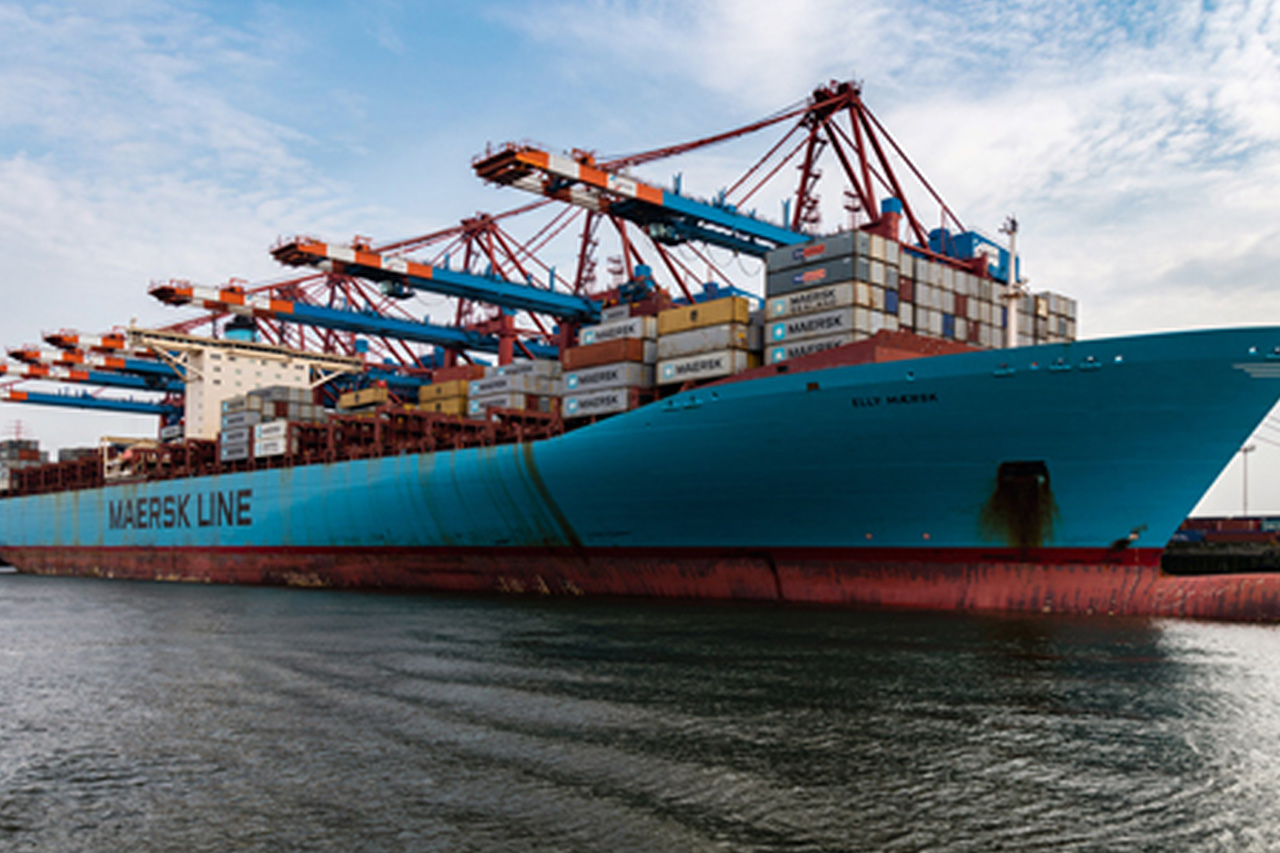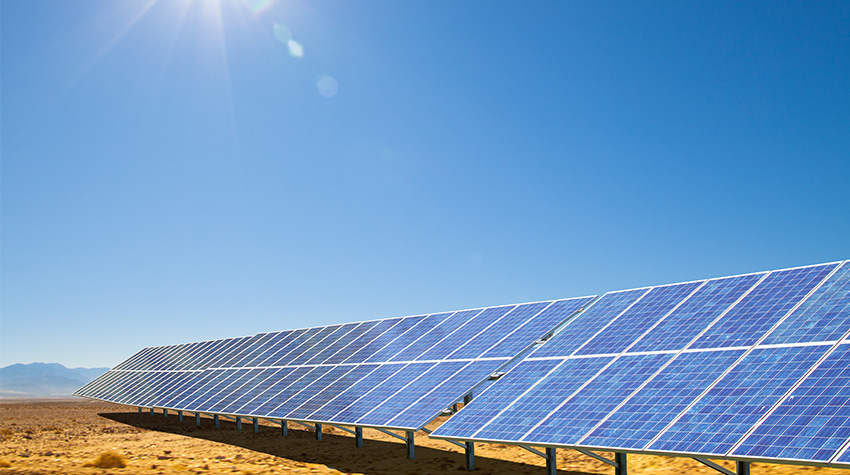325 results found
Featured results

More results
IFC worked with Timor-Leste’s new PPP Unit to deliver a transparent tender process that attracted globally reputable port operators. The key bid variable was the Viability Gap Financing subsidy required by each bidder after a very strict technical pre-qualification
An innovative offtake was structured for the new sewage treatment plant in Mathura, Uttar Pradesh, where Indian Oil will use treated wastewater to cool its refinery, which will save 20 million liters of fresh water every day
IFC in close collaboration with the WB, MIGA and in consultation with key market and industry players, has worked on the development and design of the Scaling Mini-Grid (SMG) platform: a set of semi-standardised project preparation requirements, templates, risk mitigation instruments, and stapled financing
To meet demand, Nigerian commercial and industrial customers rely on self-generation, diesel units and smaller gasoline-powered generators to meet a significant portion of total demand.
To improve the sustainability outcomes of infrastructure, The United Arab Emirates Government established a partnerships with a tyre manufacturer and academic institutions to develop road surfacing that utilises recycled tyres, and asphalt pavement that utilises recycled plastic.
The Solomon Islands National Development Strategy 2016–2035 called for greater use of renewable energy generation in the medium term, to service both urban and rural demand. It also called for opening the market to independent power providers.
Belo Horizonte faced a shortage of school buildings and only had the resources to meet approximately 35% of demand. A bundling public-private partnership (PPP) approach was used to finance, build, and equip new schools, with non-academic services operated under a PPP with a 20-year concession period.
Sydney Metro Northwest is Australia’s first fully automated driverless metro railway. A 36 km link servicing Sydney’s north-west, it includes eight new railway stations and an upgrade to five existing stations. The Operations, Trains and Systems (OTS) component of the project was delivered under a PPP contract.
In 2012, the Hong Kong SAR Government proposed to construct a new 12-storey, circa 59,000 m 2 hospital in Tin Shui Wai to meet a growing demand for health services. The hospital was a complex project owing to the relatively tight timeframe, and modifications that evolved from the specialised user requirements.
Ohio State University's energy efficiency program aimed to modernise the 490-building campus. OSU entered into a concession agreement with Ohio State Energy Partners (OSEP), which provided a USD1.165 billion up-front lease payment to handle the university’s energy management and a network expansion over a 50-year concession period.
Grand Paris Express is a metro rail project being delivered by Société du Grand Paris (SGP) that will expand the Paris Metro network to approximately double its size.
The Metrolinx Transit Program is a multi-billion-dollar endeavour, with over CAD 16.0 billion committed to date. The program was initiated in 2008 with a visionary multimodal , long-range , 25-year regional transportation plan called The Big Move. The program was further articulated in May 2013 with the announcement of a comprehensive investment strategy and became the largest public investment in Canadian history to date.
Innovative win-win power scheduling agreement between the two procurers that enabled Delhi Metro to draw power flexibly to suit the variable nature of its demand for running trains.
India's infrastructure needed substantial investment to fulfill the demands of the growing economy. The Indian government introduced various initiatives to demonstrate domestic confidence to foreign investors, including Infrastructure Investment Trusts (InvITs) as an avenue for infrastructure developers to divest operational projects and reduce their leverage.
The Kidston Pumped Storage Hydro project is the first pumped hydro energy storage scheme globally to be developed in an abandoned gold mine. The giant battery located in Kidston, Far-North Queensland will pump water uphill when energy is abundant during off peak periods and releasing it to create power in times of peak demand. The Kidston project is supported by NAIF’s 15-year concessional loan of AUD610m (USD475 million) - debt finance. Genex will provide AUD120 million (USD93 million), including AUD25 million (USD19.5 million) investment by J-Power -equity finance.
The 300MV Victorian Big Battery is currently to be Australia’s largest lithium-ion battery which assists in providing critical grid support services, reducing wholesale power costs for consumers and assisting in the transition to renewable energy in Victoria, Australia. It utilises the System Integrity Protection Scheme (SIPS) which increases import capacity to Victoria by up to 250 MW, reducing the likelihood of unserved energy (USE) from high impact, low probability (HILP) events during summer periods.
Due to rising energy prices, the Dutch Government has placed emphasis on meeting national energy performance objectives through the reduction of fossil fuel consumption. The Dutch Government is seeking innovative solutions to deliver more energy and cost-efficient buildings, as well as achieving Net Zero Energy buildings by 2020. The retrofits include installation of rooftop solar panels and other insulation technologies.
Euro Property Assessed Clean Energy (EuroPACE) is a scalable on-tax financing model to support the deployment of energy saving and generation technologies to European households and the EU’s clean energy transition. The scheme is inspired by the successful US PACE scheme that was introduced in 2008, which resulted in over USD4.7 billion in funded projects, over 200,000 homes over the past four years. Private capital is deployed as upfront financing to homeowners which is repaid through an additional special “assessment” payment on its property tax bill for a specified term.
ChargePoint as a Service installs electric vehicle (EV) chargers for no upfront cost in return for a fixed term subscription CPaaS reduces overhead costs and offer predictable operational expenses CPaaS also proactively monitors stations to identify and fix technical issues remotely and enables businesses to track performance and utilization. Georgia Power (a utilities company in Georgia) and Pivet Atlanta, an automotive company has partnered with ChargePoint to install EV chargers in a major travel corridor.
Cambrian Innovation developed the WEPA to enable food and beverage manufacturers across the United States to implement their solutions to remove wastewater costs, reduce environmental impact, and alleviate capped production at no upfront cost or operational risk. Wineries in Nappa Valley, including Rombauer Vineyards, produced high-strength wastewater (diluted wine) through standard rinsing and cleaning processes putting pressure on traditional municipal treatment plants. In 2018, Rombauer Vineyards was the first replaced existing ineffective treatment system with an EcoVolt Solution from Cambrian Innovation.
























